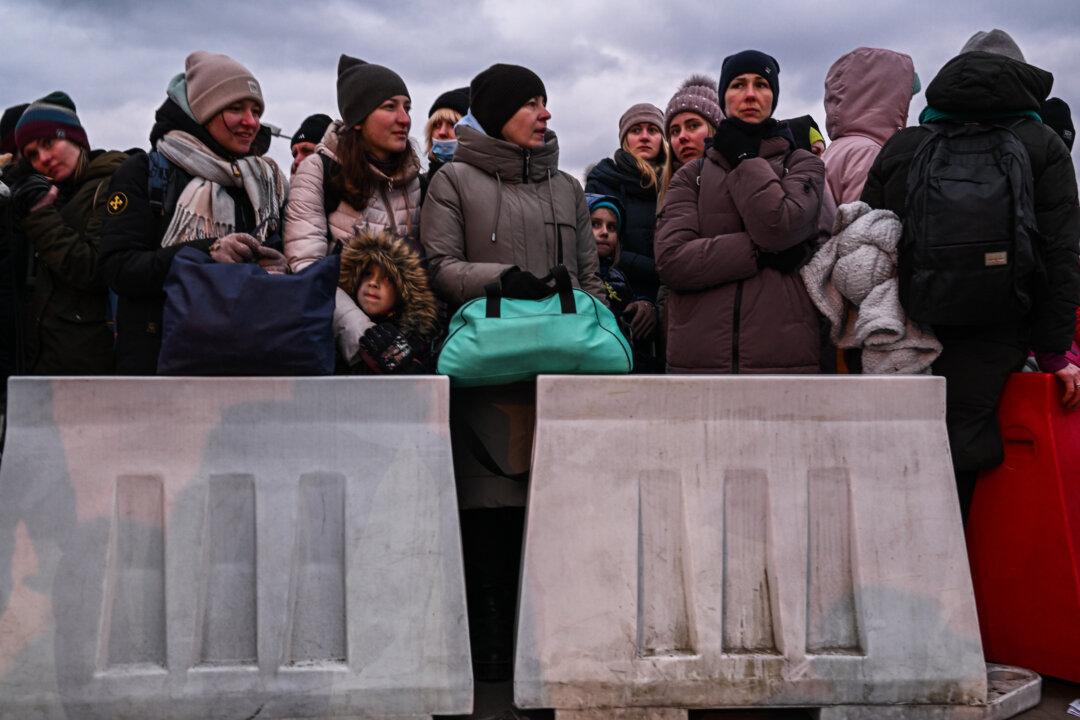Ukrainian authorities have announced a temporary ceasefire along six evacuation routes for civilians in besieged or occupied cities, though a cloud of uncertainty hangs over the arrangement as prior efforts at securing the safety of humanitarian corridors have mostly failed, with Russia and Ukraine trading blame.
Ukraine’s Deputy Prime Minister Iryna Vereshchuk said in a video message on Telegram on Wednesday that Russian authorities had confirmed the ceasefire along six evacuation routes, and that word of the arrangement had been conveyed to the International Committee of the Red Cross (ICRC).





